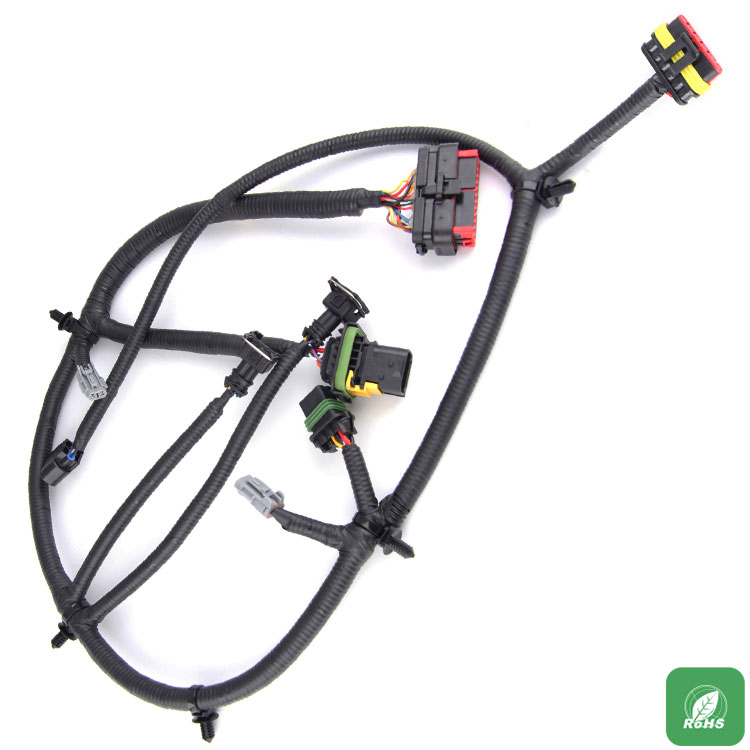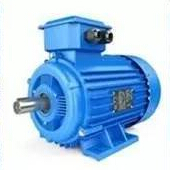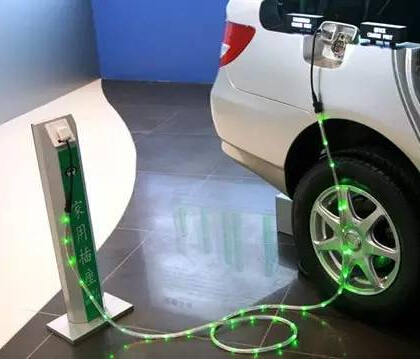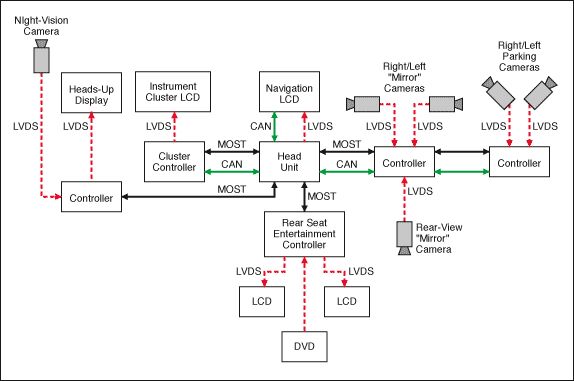The automotive wiring harness is the main body of the circuit of the automobile circuit, and it is the carrier of the automobile circuit. The automotive wiring harness is a bridge and link for the work of vehicle electrical components, and is a nervous system for the distribution of power and signal transmission of the vehicle. The high-voltage wiring harness can be connected to the interior and exterior harnesses of the electric vehicle according to different voltage levels. Mainly uses the signal distribution of the inner wiring harness of the distribution box, transmits the electric energy high-efficiently, shields the outside signal interference. The high voltage connection system consists of a high voltage harness and connectors. DC/DC, plumbing PTC chargers, air-heating PTC, DC charging ports, power motors, high-voltage wiring harnesses, maintenance switches, inverters, power batteries, high-voltage boxes, electric air conditioning, AC charging ports, etc. all require connectors; The high voltage harness is a neural network of high-voltage systems for new energy vehicles and is very important.
Since the high voltage harness is so important, what are the points to pay attention to during the production process?
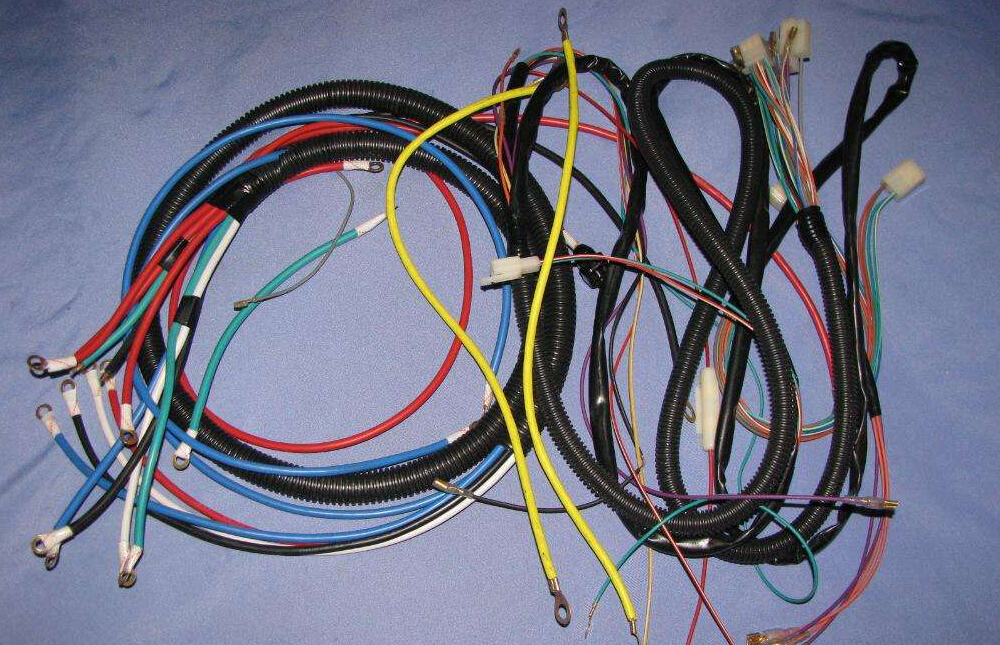
Because of the high temperature rise of the connector, the safety characteristics are reduced, and even the damage is caused. There are two main reasons for the higher temperature rise:
1.Environmental factors: The arrangement position is easily affected by the component temperature or in the sealed compartment, such as the mixed exhaust outlet. Usually the operating temperature range of the connector of each manufacturer is -40°C~125°C (175°Cmax), so When selecting a connector, the operating temperature range must be considered.
2. Connector self-heating: There are many reasons for the self-heating of the connector, but we can determine that there are three points through the connection program: board-end connection point, line-end connection point, and middle insertion point, and its measurement index is the connection. The size of the contact resistance between the devices, the smaller the contact resistance the better, which means that the smaller the electrical loss, the smaller the voltage drop, the terminal
can have a higher life.
For the crimping of line segments, most wire harness plants are often present. Crimping will directly affect the size of the contact resistance. We cannot determine the crimping must be reliable only by means of the pull-off force and other conditions. It is necessary to make detailed terminals. Mirror-slicing test carefully determines the degree of pressure bonding of the terminals.
For the board-end connection, it is usually connected to the high-pressure box or the inside of the equipment. The connection method is mostly copper row bolts. When bolts are used, it is recommended to use loosely designed bolts to preventloosening of the working conditions to increase the contact resistance and to avoid electricity. The joints are loaded and at the same time the bolts must be protected against excessive torque.
The contact of the middle plugging point is mainly achieved through the internal contacts. The current contact members are different from each other, such as the open type, the crown spring type, the torsion spring type, the wire spring type, the strap type, etc., but we Need to consider its plug life, plating, the electrical characteristics of the plug after plugging and other technical points and the location and location of the application to determine which method is appropriate.
For high-voltage systems, shielding should be prioritized by the need to consider the rationality of the layout at the system level, followed by high-voltage cable high and high-voltage connector requirements, the connector must have a 360 degree shielding layer, and effectively connect with the cable shielding layer The shielding layer covers the entire length of the connection to ensure adequate shielding and to minimize the resistance between the shielding interfaces. The contact resistance of the shielding connection is <10 mΩ during the product life cycle.
















 RCCN WeChat QrCode
RCCN WeChat QrCode Mobile WebSite
Mobile WebSite


